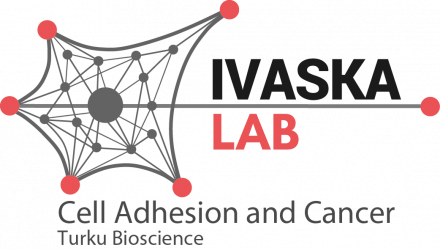Integrins as biomechanical sensors of the microenvironment by Jenny Z Kechagia et al.
Nat Rev Mol Cell Biol. 2019 Aug;20(8):457-473. doi: 10.1038/s41580-019-0134-2.
ABSTRACT
Integrins, and integrin-mediated adhesions, have long been recognized to provide the main molecular link attaching cells to the extracellular matrix (ECM) and to serve as bidirectional hubs transmitting signals between cells and their environment. Recent evidence has shown that their combined biochemical and mechanical properties also allow integrins to sense, respond to and interact with ECM of differing properties with exquisite specificity. Here, we review this work first by providing an overview of how integrin function is regulated from both a biochemical and a mechanical perspective, affecting integrin cell-surface availability, binding properties, activation or clustering. Then, we address how this biomechanical regulation allows integrins to respond to different ECM physicochemical properties and signals, such as rigidity, composition and spatial distribution. Finally, we discuss the importance of this sensing for major cell functions by taking cell migration and cancer as examples.
PMID:31182865 | DOI:10.1038/s41580-019-0134-2
